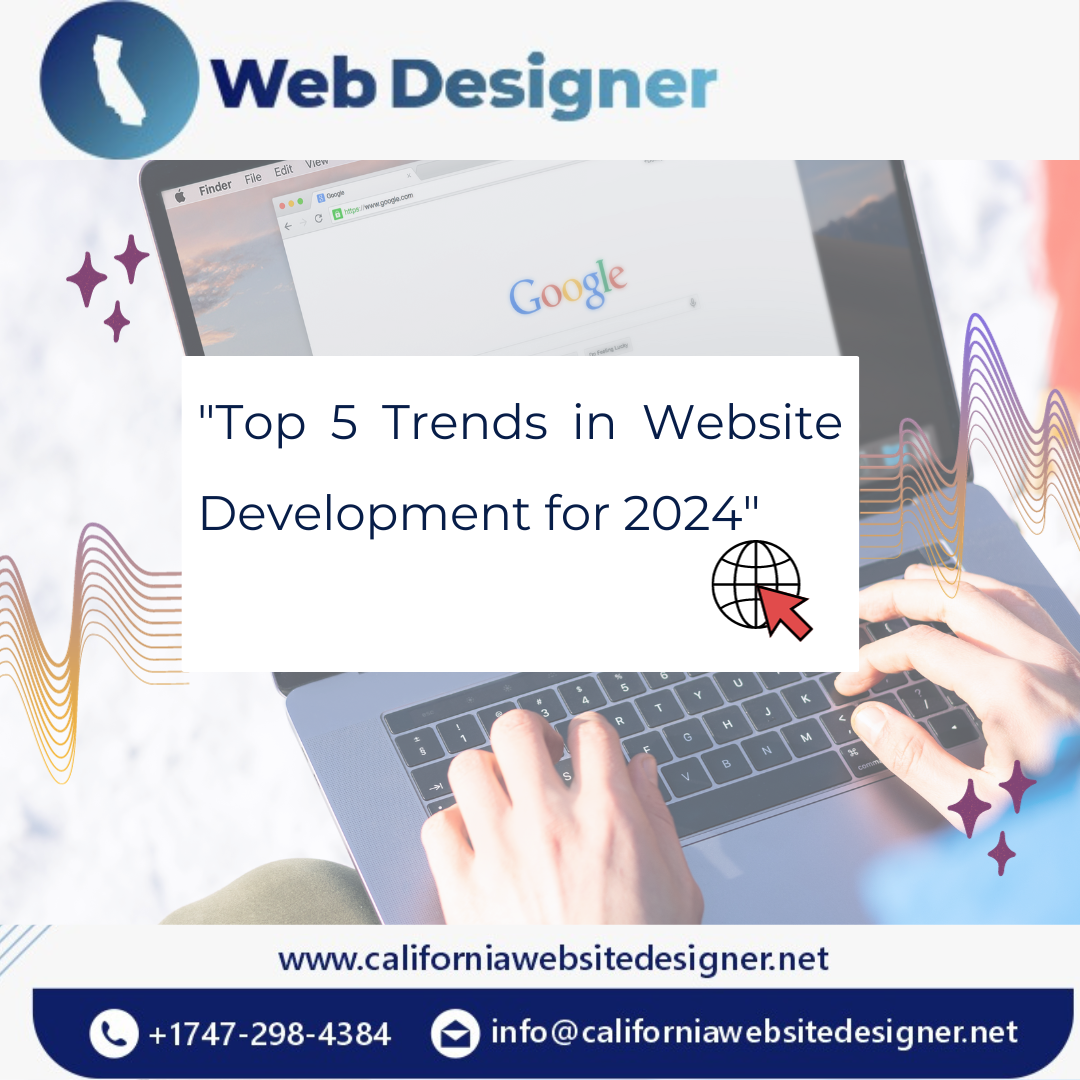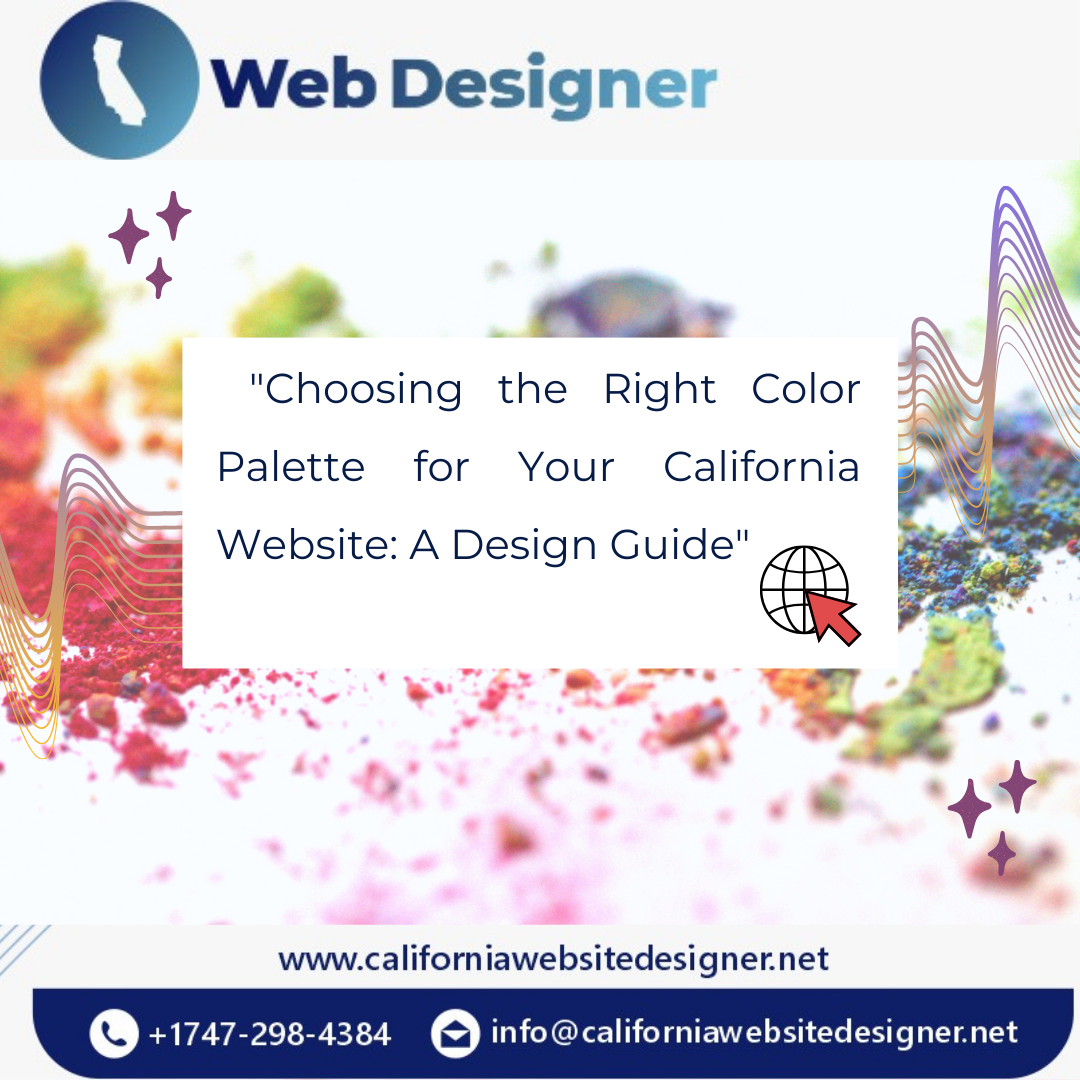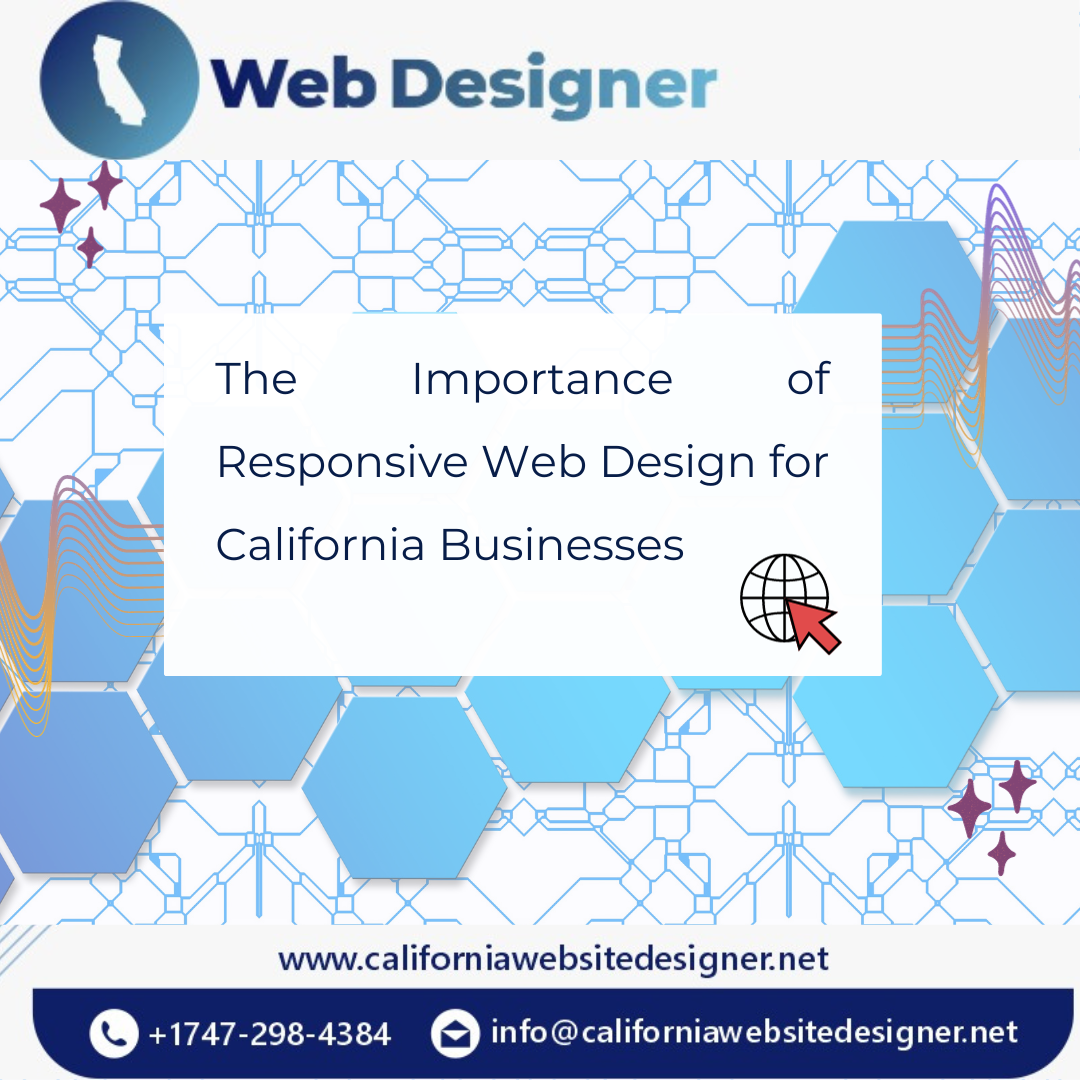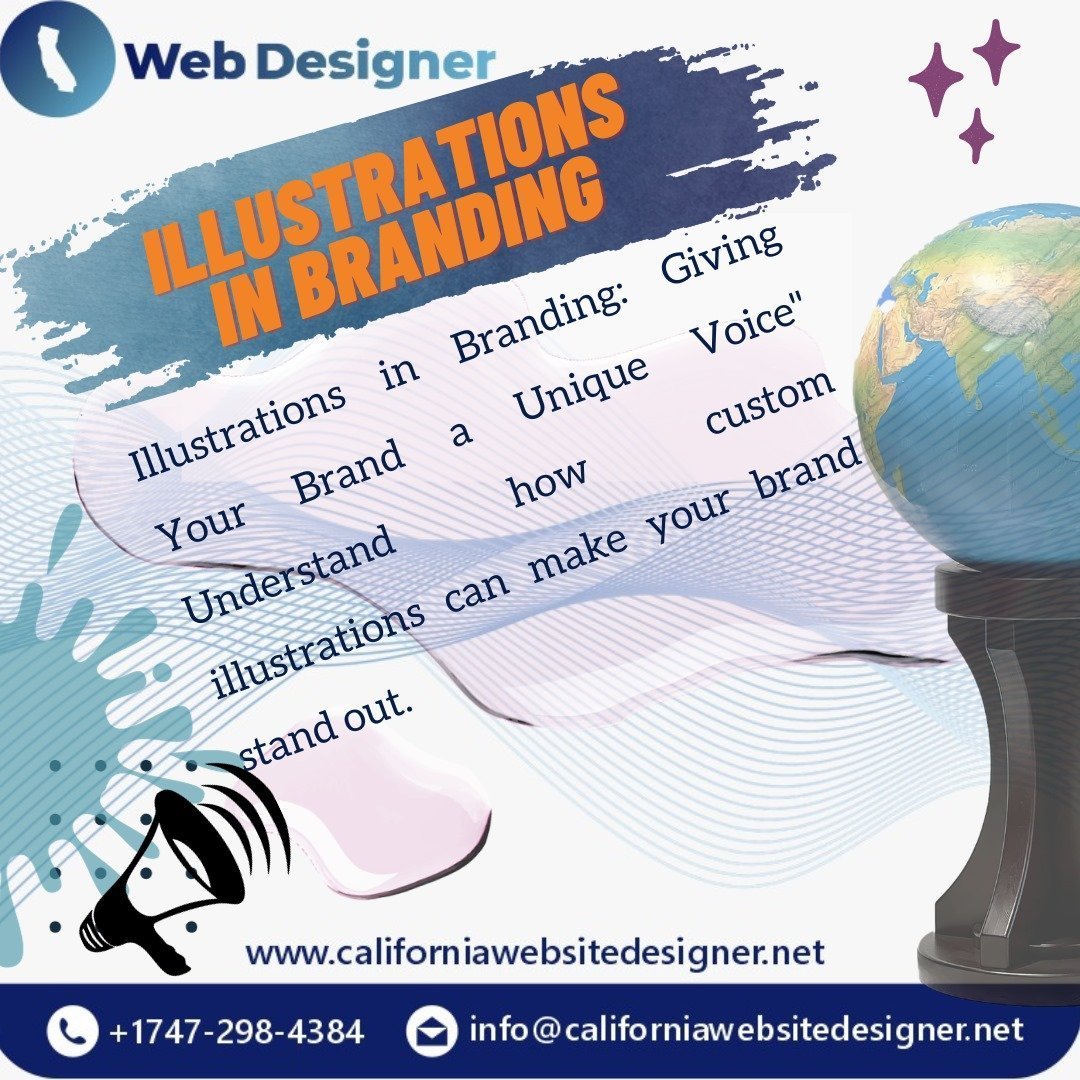In the ever-evolving global of photo design, one element stands tall as a silent powerhouse – typography. It’s now not merely about selecting fonts; it is approximately crafting a visible language that communicates, captures attention, and leaves a long-lasting influence. It serves as the bridge between phrases and visuals, marrying the artwork of letterforms with the technology of aesthetics. In this comprehensive guide, we delve deep into the importance of design in picture layout, its pivotal role in branding, and its impact on patron experience. Discover the secrets that rework phrases into charming layout factors and raise internet site development.
Typography Matters in Design
It defines the visual identity of infinite iconic manufacturers. For example, the timeless beauty of the “Garamond” font embodies the sophistication of luxurious brands like Rolex. Conversely, the bold and playful “Marsden” font characterizes the youthful spirit of M.
Visual Communication
It additionally performs an essential position in influencing the pacing of visible conversation. Through versions in font size, weight, and style, designers can manage how quickly or slowly readers devour facts. For instance, larger headlines can grab on-the-spot attention, while smaller body text invites readers to delve deeper into the content. Additionally, the choice of typeface can evoke particular emotions and institutions, permitting designers to subtly carry an emblem’s character or the essence of a message. Its nuanced capability to manipulate both visible and emotional factors of communication makes it a quintessential tool in the designer’s arsenal.
Typography in Branding
Branding is all approximately growing a steady and noteworthy identification. It is a cornerstone of branding, supporting to setting up of emblem reputation and personality. Think about iconic brands like Coca-Cola, with its exceptional cursive font, or IBM, regarded for its sleek and current typefaces. These choices are not unintended; they’re cautiously crafted to enhance logo identification. The Coca-Cola emblem, as an example, makes use of the undying Spenserian script, which exudes a feel of nostalgia and authenticity, aligning flawlessly with the emblem’s historical past and timeless attraction.
On the other hand, IBM’s choice of smooth and minimalist typefaces displays its dedication to innovation and modern-day technology, reinforcing its photo as an ahead-thinking industry chief. These examples underscore the energy of typography in developing an enduring and impactful emblem picture.
Typography and Art
“Typography matters in design” isn’t limited to graphic design; it is also an art form in itself. Its artists, frequently referred to as typographers or lettering artists, go beyond the limits of traditional layouts to create fascinating visual compositions with letters and words. One prime instance of it is as the artwork is the work of Jessica Hische, whose problematic lettering and calligraphy have won a global reputation. Her projects range from elegant wedding invites to problematic book covers, all meticulously handmade with a deep appreciation for the art of letterforms.
Another superb typographic artist is Seb Lester, celebrated for his spellbinding calligraphy and typographic animations. Lester’s viral movies showcasing his hand-drawn renditions of well-known trademarks, just like the Apple brand, have garnered millions of views and exhibit the inventive potential of typography past its utilitarian role.
In the realm of street art, artists like Ben Eine have embraced it as a powerful medium for urban expression. Eine’s large-scale, colorful typographic murals adorn city walls worldwide, turning entire streets into captivating works of art. These artists showcase the versatility of typography, proving that it can transcend its role as a mere tool for communication and transform into a medium for artistic expression that resonates with viewers on a profound level. Through their masterful manipulation of letters and words, typographic artists push the boundaries of what’s possible, reminding us that typography itself can be a form of art worthy of admiration and celebration.
Mobile Design
Mobile design necessitates a thoughtful approach to typography, given the restricted display of real property. Responsive typography is the important thing to making sure content adapts seamlessly to numerous display screen sizes and orientations. This guarantees that textual content remains legible and consumer-pleasant on each smartphone and drug. For instance, bear in mind how Apple’s iOS interface uses the San Francisco font, designed particularly for the most advantageous clarity on their cell gadgets. Similarly, Google’s Android running machine employs the Robot font, regarded for its clarity and readability, even on small displays. These examples illustrate the importance of selecting fonts that excel in cell contexts, making sure that users can results easily interact with content on their cellular gadgets.
Typography in Advertising
In advertising, it serves as a potent tool for grabbing the viewer’s attention and delivering a message that resonates instantly. Take, for instance, Apple’s iconic advertisements that feature the sleek and minimalist use of the San Francisco font, reflecting the brand’s dedication to simplicity and innovation. On the opposite end of the spectrum, Coca-Cola’s timeless cursive font has become synonymous with joy and celebration, reinforcing the brand’s emotional appeal. Additionally, brands like Nike leverage bold and impactful typography to convey a sense of empowerment and action, aligning perfectly with their “Just Do It” slogan. These examples showcase how typography in advertising is a pivotal component of brand identity and message delivery, leaving an indelible mark on consumers’ minds.
Web Accessibility
Web accessibility standards emphasize the importance of typography, as it directly impacts the ability of all users to access and comprehend web content. For instance, using clear and legible fonts, such as Arial or Open Sans, ensures that individuals with visual impairments can utilize screen readers effectively. Additionally, maintaining proper color contrasts, as exemplified by the widely used combination of black text on a white background, enhances readability for those with color vision deficiencies. These considerations in typography contribute significantly to creating a more inclusive online experience, aligning with the principles of web accessibility and ensuring that information is accessible to a broader audience.
Typography in app development
it’s a crucial factor in ensuring a user-friendly experience. Take, for example, the Airbnb app, which uses a clean and legible typeface to present information clearly, helping users find accommodations effortlessly. Similarly, the Uber app utilizes a sleek and modern font that conveys reliability and simplicity, making it easy for users to request rides with confidence. These popular apps prioritize typography to enhance usability and streamline the user journey, highlighting the significant impact of font choices in app development.
Digital Storytelling
In the digital storytelling realm, typography plays a pivotal role in creating interactive and immersive narratives that capture the audience’s imagination. One notable example of this is the New York Times’ interactive feature, “Snow Fall: The Avalanche at Tunnel Creek.” This groundbreaking piece combines compelling storytelling with innovative typography. As readers scroll through the narrative, the typography dynamically changes in response to the story’s mood, using a combination of fonts, sizes, and colors to convey the tension, emotions, and urgency of the events. This integration of typography and storytelling earned widespread acclaim, showcasing the potential for typography to enhance digital narratives.
Another noteworthy example comes from the world of online marketing with Airbnb’s “A Tokyo Roost for Creatives.” This digital story effectively uses typography to immerse users in the cultural experience of Tokyo while promoting Airbnb listings. It takes on the form of traditional Japanese calligraphy, harmonizing with stunning visuals of Tokyo’s landscapes and Airbnb accommodations. As users explore the narrative, they not only learn about Tokyo but also feel the authenticity of the city’s culture through the choice of typography. This example highlights how typography can transport audiences to different worlds and evoke emotions, making it an indispensable tool in digital storytelling.
Social Media
Social media is a visual platform, and typography performs a pivotal function in shooting users’ attention and conveying messages successfully. Instagram, for instance, flourishes on visible storytelling, and its use of typography is no exception. Influencers and types frequently depend upon desirable fonts and typography results in their captions and tales facing out in customers’ feeds. Creative typography can evoke emotions, spotlight key factors, and toughen emblem aesthetics, making it a critical tool for hit social media advertising and marketing.
On the other hand, Twitter is known for its concise and succinct nature, where every character counts. In this fast-paced environment, it becomes a means to make tweets more readable and engaging. Users leverage bold and italic formatting, as well as emoji and symbols, to add visual appeal and emphasis to their tweets. Even a simple choice of font can help Twitter users express their unique personality or brand identity in just a few words. Thus, social media platforms offer a playground for typography experimentation, enabling users to creatively express themselves and connect with their audiences in a visually compelling way.

Frequently Asked Questions
Q1. What is typography’s position in design?
It is the artwork of arranging typefaces to create visually appealing and powerful designs. It performs an essential role in shaping a layout’s aesthetics and communique.
Q2. How does typography influence logo identification?
It allows the establishment of a consistent and recognizable emblem identity. Iconic brands like Coca-Cola and IBM use carefully selected fonts to enhance their brand’s persona and values.
Q3. What is responsive typography in cellular layout?
Responsive typography guarantees that textual content adapts seamlessly to one-of-a-kind display sizes and orientations in cell design. It guarantees clarity and a person-friendly enjoyment on smartphones and pills.
Q4. How does typography impact marketing?
It is an effective tool in advertising, immediately grabbing attention and conveying a message. Brands like Apple, Coca-Cola, and Nike use fonts to reinforce their emblem photograph and message.
Q5. Why is typography crucial for web accessibility?
Clear and legible typography is essential for internet accessibility, making sure that all users, including those with visual impairments, can get the right of entry to and apprehend net content.
Q6. What is the significance of typography in app improvement?
In app development its complements user-friendliness and readability. Apps like Airbnb and Uber prioritize legible and modern typefaces to simplify consumer interactions.
Q7. How does typography enhance virtual storytelling on social media?
Typography on social media systems like Instagram and Twitter enables the capturing of interest, conveying messages, and decorating brand aesthetics. It is a key detail of successful social media advertising and marketing.








